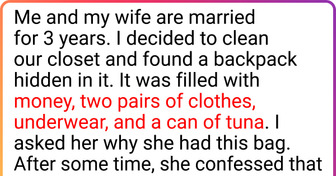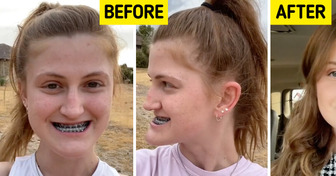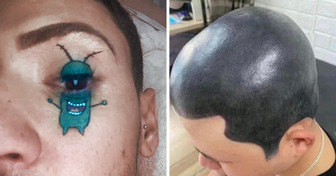22 Situations Proving That Men and Women Live in Different Worlds

What if your baby has started to suffocate? How can you help them? The first classes on first aid skills took place in the 19th century, yet few of us can say with certainty that we know how to perform these techniques effectively.
Despite the fact that children are most often under the supervision of adults, a foreign object can enter in through the throat quite easily. First aid provision is a special skill that everyone can learn, and should.
Bright Side wants to tell you about how to behave and what to do in a situation like this.
There are different signs of choking.
If a child is breathing but also coughing, this means there is a partial overlapping of the airways. He or she needs to continue to cough to eliminate the stuck object. Vomiting is also possible due to the body’s reflexes caused by a foreign object in the larynx. These natural reactions of the body will help to clear the child’s throat without interference or special techniques.
The difficult stage of gasping is a whole other thing. If a child suddenly stops coughing, screaming, or making any other sounds, it means that something has blocked the airway. Fuzzy sounds or the soundless opening of the mouth can also indicate choking.
The skin’s sudden change to a bluish or bright red, an inability to inhale, and active salivation are all clear signs that the person is suffocating. In some cases, loss of consciousness may occur.
In order to help the child, you need to calm down and immediately call an ambulance. Begin to carry out the rescue procedure before the doctor’s arrival.
Don’t try to reach for the stuck object by yourself with your hands. This can contribute to a deeper penetration of the foreign object into the respiratory tract. Remove the object from the mouth only if you can see it.
Most often in infancy, babies choke on food or when they regurgitate. The risk that the child will choke and begin to suffocate occurs when they are very hungry because of prolonged interruptions in feeding, they are in the wrong position, or the mother has a lot of milk that the baby can’t swallow fast enough. This can also happen when the food is poorly crushed and contains large pieces.
There are several methods that will help to save your child’s life in a situation like this.
For older children, you’ll need to carry out different rescue procedures.
If the child is lying down and there is no opportunity to raise them, you should act differently. Put the child on their back and sit on your knees above their hips facing their head. Place your hands one on top of the other and sharply press under the chest with the heel of the lower palm in sliding motion toward the head. Repeat until the foreign object leaves the throat.
If the child’s breathing hasn’t recovered or they’ve lost consciousness after removing the stuck object, you need to give them artificial respiration and indirect heart massage. Remember that these techniques differ for infants and older children.
In order to minimize the risk of suffocation, you can perform simple actions.
Even adults are not protected from choking. But by following these simple rules, you will effectively protect your child.
We hope that you will never need to use these rescue procedures. But nevertheless, it’s very important to know them. If you know any other techniques for saving a child from choking, tell us about them in the comments.











